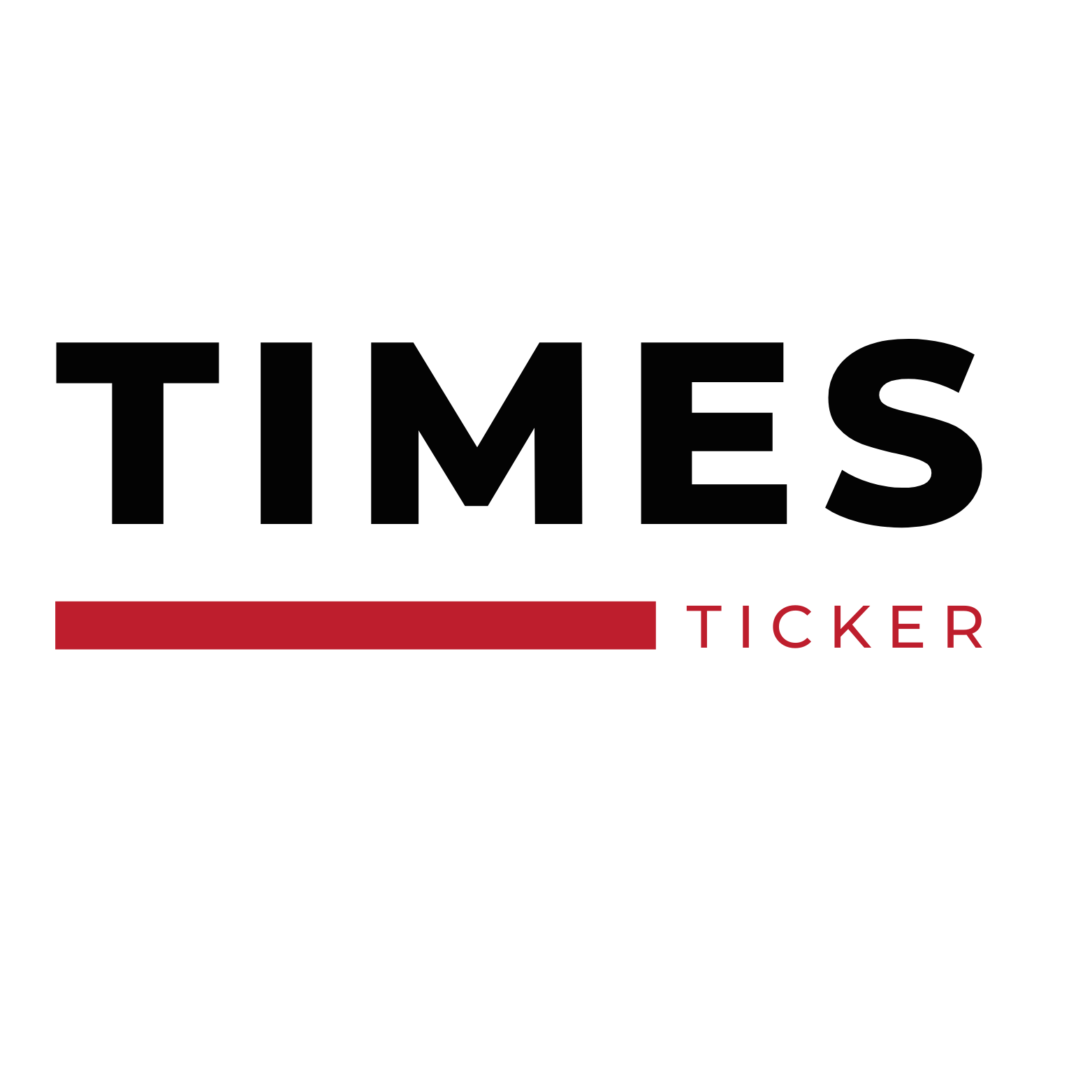A team of researchers has recently introduced a new approach to visual recognition called SparseFormer, which aims to improve the accuracy and efficiency of neural networks by using a limited number of tokens in the latent space. Inspired by the human brain’s ability to recognize objects using sparse representations, SparseFormer achieves competitive performance with significantly lower computational costs than traditional neural architectures.
In traditional neural networks, input images are typically represented using a large number of features, which can be computationally expensive to process. SparseFormer takes a different approach by representing images using a small number of tokens, which are then used to generate a more complex representation in the latent space. By limiting the number of tokens used, SparseFormer reduces computational costs and improves the accuracy-throughput tradeoffs of the network.
The researchers tested the effectiveness of SparseFormer on several standard image recognition benchmarks, including CIFAR-10, CIFAR-100, and ImageNet. In all cases, SparseFormer achieved competitive performance with significantly lower computational costs than traditional neural architectures. In addition, the researchers showed that SparseFormer can be easily extended to video classification, potentially inspiring further research on sparse neural architectures for video processing.
The key innovation of SparseFormer is its use of limited latent tokens to represent images in the latent space. These tokens are generated using a novel tokenization algorithm that partitions the image into small, spatially contiguous regions, and assigns a unique token to each region. The tokens are then used to generate a sparse representation of the image in the latent space, which can be easily processed by downstream tasks.
Overall, SparseFormer represents an important advance in the field of visual recognition, offering a more efficient and accurate approach to neural network design. Its use of limited latent tokens provides a new perspective on the potential for sparsity in neural architectures and could inspire further research into the development of more efficient and effective deep learning models.
In conclusion, the introduction of SparseFormer marks a significant advancement in the field of visual recognition, with its novel approach to neural network design offering improved efficiency and accuracy. The research team’s innovative use of limited latent tokens provides a new perspective on the potential for sparsity in neural architectures and paves the way for further research into more efficient and effective deep learning models.




